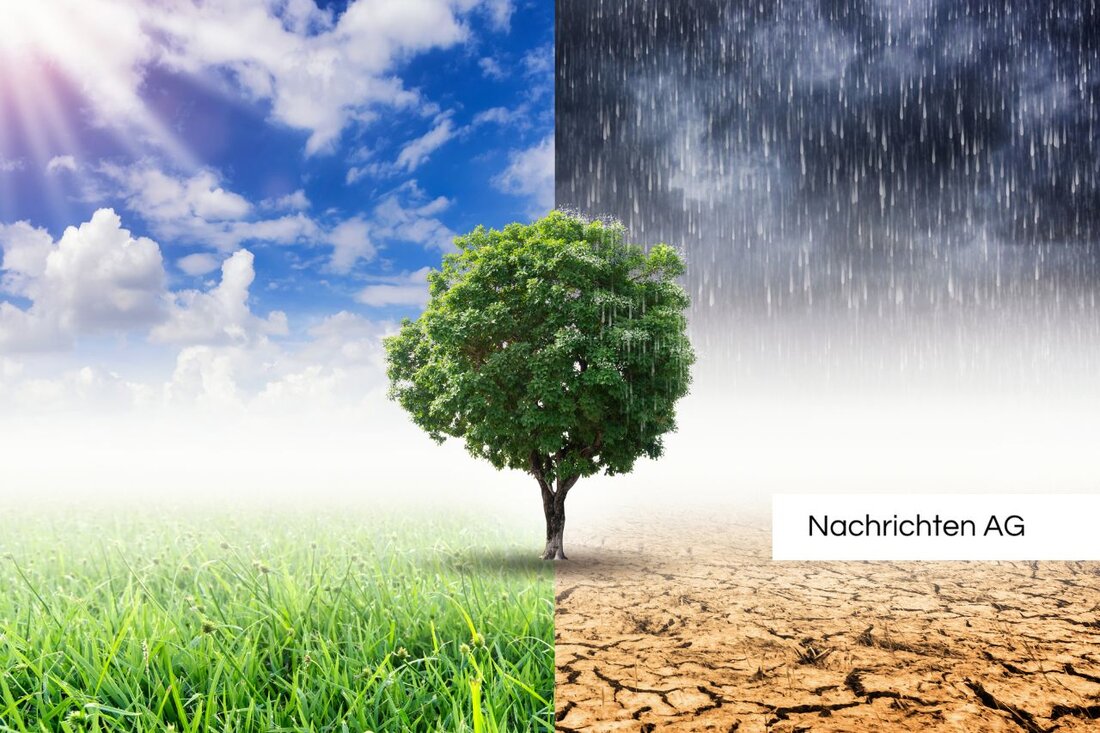Naschpark opens: green oasis against the heat in the city!
On September 22nd, 2025, the Naschpark was opened in Margareten, a green oasis to combat heat islands and improve the quality of life.

Naschpark opens: green oasis against the heat in the city!
Today Vienna is celebrating the opening of the newly designed Naschpark, which not only acts as a green oasis in the middle of the city, but also represents an important measure against urban heat islands. This impressive park, which was built on the former parking lot on Margaretenstrasse, is now the largest inner-city heat island change in Vienna and, with almost 70 trees and 50,000 plants, offers a variety of retreats for people and animals. However, the transformation of the area was not a walk in the park: the construction work extended over an area that lies above the Vienna River Vault and the subway, which required expert planning and implementation. “We are all the more pleased that we can now make this valuable space available to the population,” said Selma Arapović, NEOS club chairwoman
.
The Naschpark is equipped with numerous seating areas, hammocks, picnic tables and sunbathing areas and even offers a slackline for children. This carefully planned green oasis is not only a feast for the eyes, but also an important part of the city's environmental policy. Urban greening is becoming increasingly important in the face of climate change. By reducing heat islands, it enormously improves the quality of life of residents by minimizing noise and binding fine dust. Climateknowledge.de describes the positive effects of plants that absorb pollutants and produce oxygen - an indispensable plus for air quality in cities.
Planning challenges
The planning and construction of the Naschpark presented those involved with major technical challenges. With a surface thickness of sometimes only 70 cm, each tree location had to be checked individually. The statics and the special construction conditions made complex underground measures necessary, including the installation of a large reinforced concrete slab with a special root foil to protect the vault. The supporting structure of the U4 was also secured to ensure the stability of the park.
But the Naschpark is not just a place for relaxation; it also serves as an example of a comprehensive urban development policy that responds to climate change. Like the Federal Environment Agencyrepresents,Cities are faced with the challenge of coping with rising temperatures and weather extremes such as droughts and heavy rain. Green spaces not only offer relaxation, but also protect against flooding and improve air quality thanks to their low level of sealing.
A space for community
Another highlight is the preservation of the flea market, which remains on the street market just across the street. A new “market room” is also planned next to the market office, which is scheduled to open in autumn 2023. This initiative is intended to strengthen the sense of community and promote exchange among residents, in the spirit of a lively neighborhood.
With the opening of the Naschpark, Vienna is once again living up to its pioneering role in urban greening. The mix of relaxation, nature and social meeting spaces shows that urban development – combined with citizen participation – can create sustainable and livable spaces. As demonstrated by the success of numerous European projects, such as the vertical forests in Milan or the HafenCity Park in Hamburg, the integration of green spaces is essential for a climate-resilient future Umweltbundesamt.de.
The Naschpark proves to be a prime example of how, with a good hand and thoughtful planning, not only a green lung can be created for the city, but also a place of community and relaxation. With this achievement, Vienna has once again proven that urban development and nature conservation can go hand in hand.

 Suche
Suche
 Mein Konto
Mein Konto